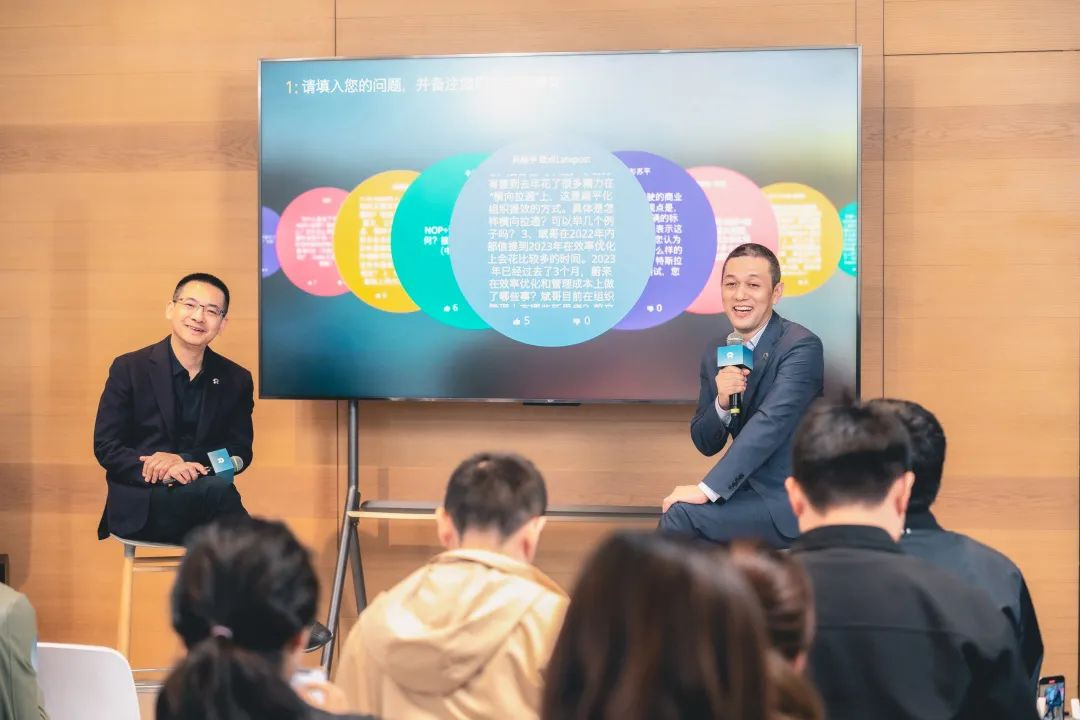Author: Michelin
“People online say NIO is ‘NIO ten-thousand.’ If this continues, Li Hong and I will have to find new jobs.”
Not long ago, NIO released its Q1 results, delivering 11,034 vehicles in March and a total of 31,041 in the first quarter, experiencing a wave of growth. However, for Li Bin and NIO, this number is clearly insufficient. “2 million units is the life or death line; in the long run, anything below 2 million units per year is hopeless.”
At the media communication meeting on April 10th, Li Bin expressed this, and announced the adjustments to the NOP+ Equity Plan and the charging and swapping equity.
In today’s “price reduction wave,” while other companies are playing their “price reduction and increased allocation” trump cards, NIO is going against the tide: NOP+ introduces paid subscription, free battery swap times reduced, and charging piles turn from free to paid.
NOP+ from Beta to Monthly Subscription
In December last year, NIO started the trial of Enhanced Pilot Assist NOP+. Over the past four months, 44,242 users participated, covering more than 21 million km and adding approximately 230km in the last week.
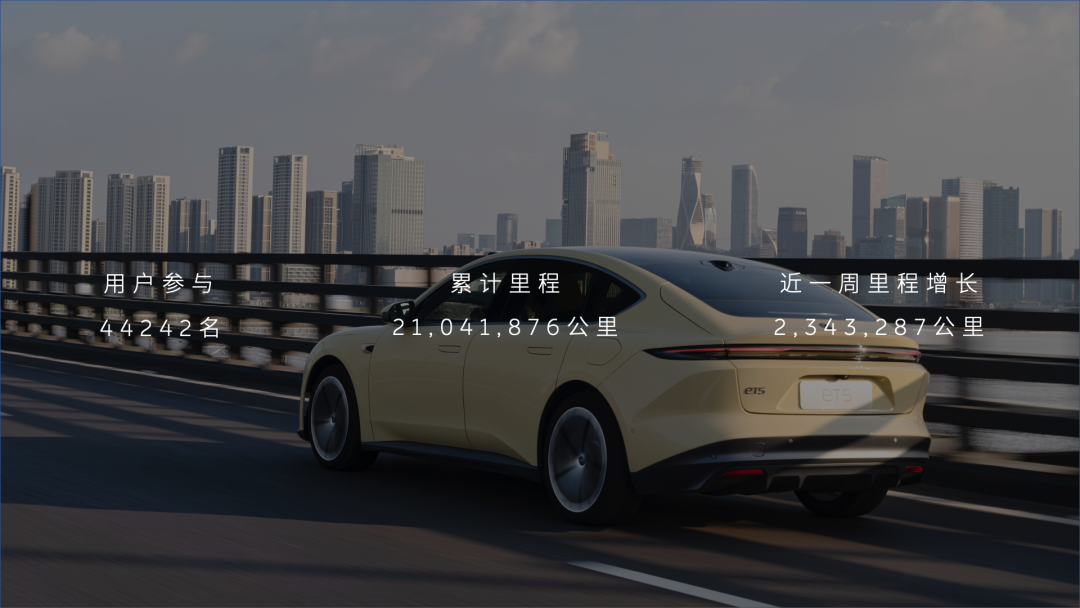
After four months of beta testing, NIO will officially launch the NOP+ feature and begin subscriptions starting July 1st, supporting monthly subscriptions priced at ¥380 per month.
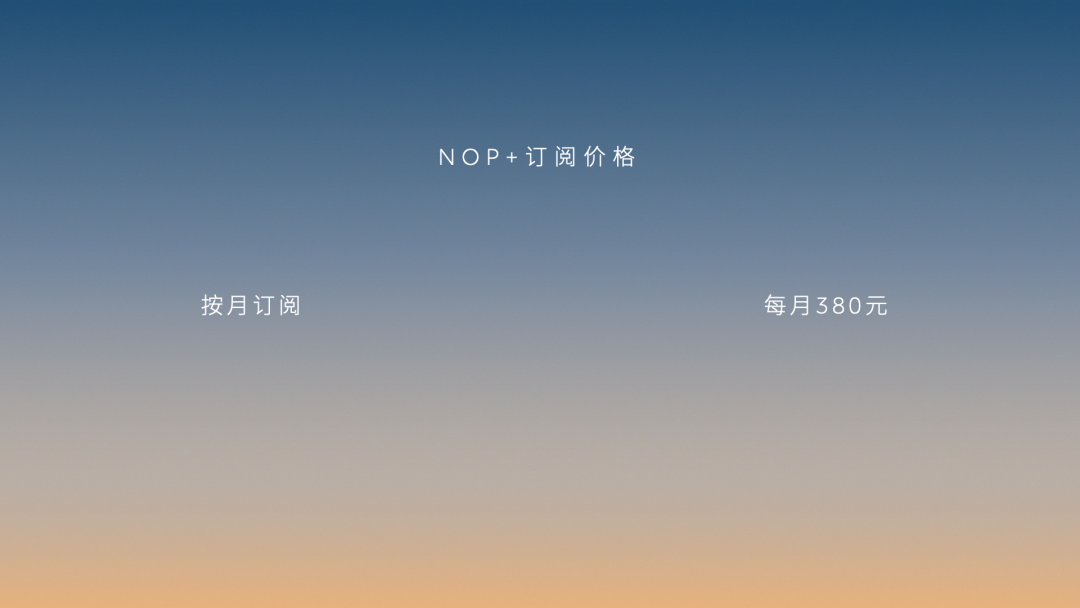
Thus, NIO now offers three types of assisted driving features:
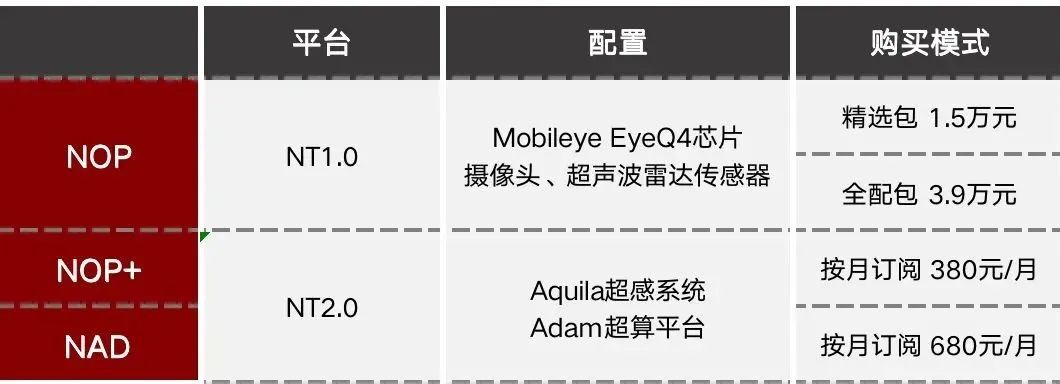
Derived from the same NAD technology, NOP+ is equipped with the same intelligent sensing and computing hardware and software. NOP+ is essentially a subset of NAD. When NIO started testing NOP+ in December last year, it was not considered an upgrade to NOP, but rather a starting point for NAD, achieving 85% of NAD’s capabilities. Since NOP, NOP+ and NAD have different requirements and starting points for hardware and software, they also adopted different business models in this release.Translate the following Markdown Chinese text into English Markdown text professionally, retaining the HTML tags in Markdown. Only output the result.

For high-level navigation assistance functions, there are currently two models in the market: one is a one-time purchase, and the other is a paid subscription. Taking Tesla’s FSD as an example, the one-time purchase price of FSD in the domestic market is 64,000 yuan, and the monthly subscription service launched in North America, the price of FSD is 199 USD/month, and the price of EAP is 99 USD/month. Simply and directly comparing, NIO’s NAD is equivalent to FSD, and NOP+ is equivalent to EAP functions.
Unlike the one-time purchase mode for the NOP feature provided by the previous NT1.0 platform, NOP+ has adopted a monthly subscription mode because NOP+ requires strong operational support, “NOP+ needs to use various car-side and cloud-side collaborations, and is more of a data service in the long run,” Li Bin explained.
In GeekCar’s view, the monthly subscription model for a new feature to some extent lowers the purchasing threshold, allowing more people who are not particularly aggressive in their attitude towards supporting autonomous driving to try new technologies at a low cost. Especially now that NIO’s NT2.0 platform has the Aquila super-sensing system and Adam supercomputing platform standard across the entire range, without needing to pay extra hardware fees, just 380 yuan/month subscription fee could encourage more people to experience NOP+.
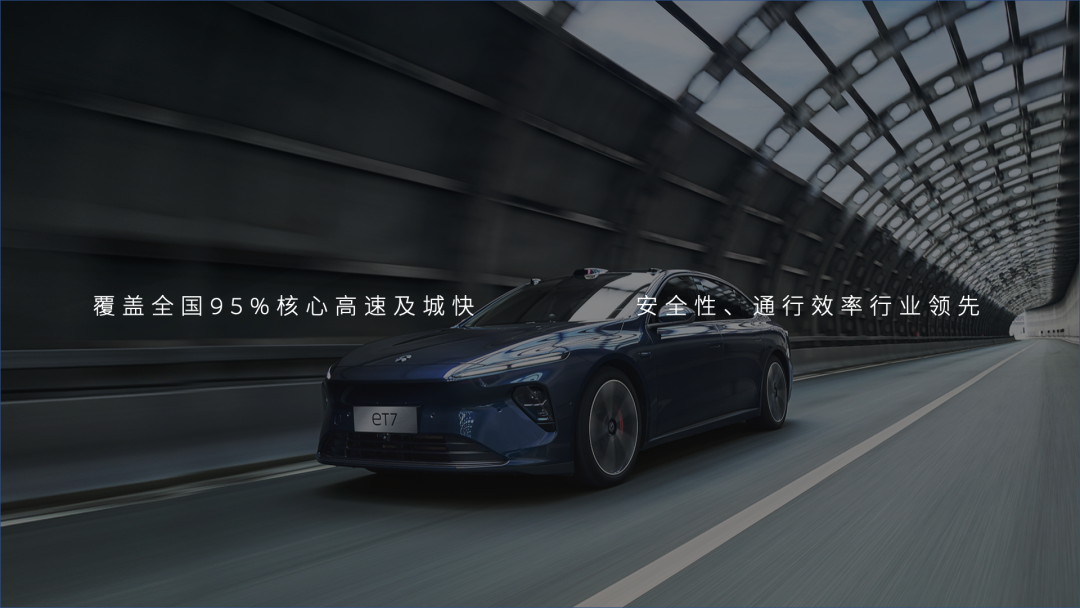
This not only helps NIO accumulate data and optimize functions but also enables the company, which has been operating on a “heavy-asset route” in terms of power replenishment and services, to commercialize its smart driving investments as quickly as possible.
From the free Beta trial to the official paid subscription in July, NIO has also provided an “equity buffer” for its customers:
For the first-time owners who purchase or pay a deposit for ET7, ES7, EC7, and ET5 models (inclusive) before May 31, 2023, there will be a 2-year free usage right for NOP+.Translate the following Chinese Markdown text into English Markdown text in a professional manner, retaining the HTML tags in the Markdown and only outputting the result:
For the first owners who pay the deposit for the purchase of the new ES8 model before July 31, 2023 (inclusive), a 2-year NOP + free usage right is offered;
For old users who purchased small NP and large NP on the NT1.0 platform, 5+2 years and 10+2 years of free usage rights are provided respectively.
For a car, especially an intelligent electric vehicle, the 12-year free usage rights for large NP users cover almost the entire life cycle.
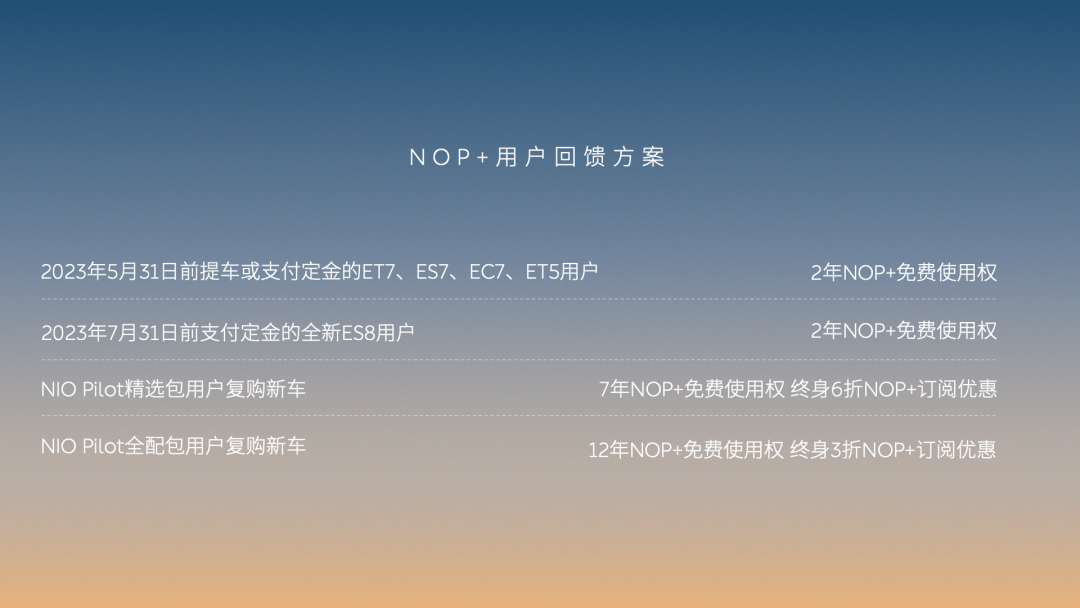
Raising the Price Against the Trend, Reducing the Benefits of Energy Replenishment
Starting from June 1, the battery swap benefits for new car buyers will be adjusted.
For users who pay the deposit for the purchase of existing models before May 31, 2023 (inclusive), and users who pay the deposit for the purchase of the new ES8 model before July 31, 2023 (inclusive), the first owner’s benefits remain unchanged, enjoying free installation of charging piles + 4 free battery swap times per month, or not following the charging piles + 6 free battery swap times per month.
From June 1, 2023, for the first owners who pay the deposit to purchase existing models, and for the owners who buy the new ES8 model from August 1, 2023, the charging pile will be adjusted to a paid purchase and installation (7500 yuan), and the number of free battery swaps per month will be uniformly adjusted to 4 times.
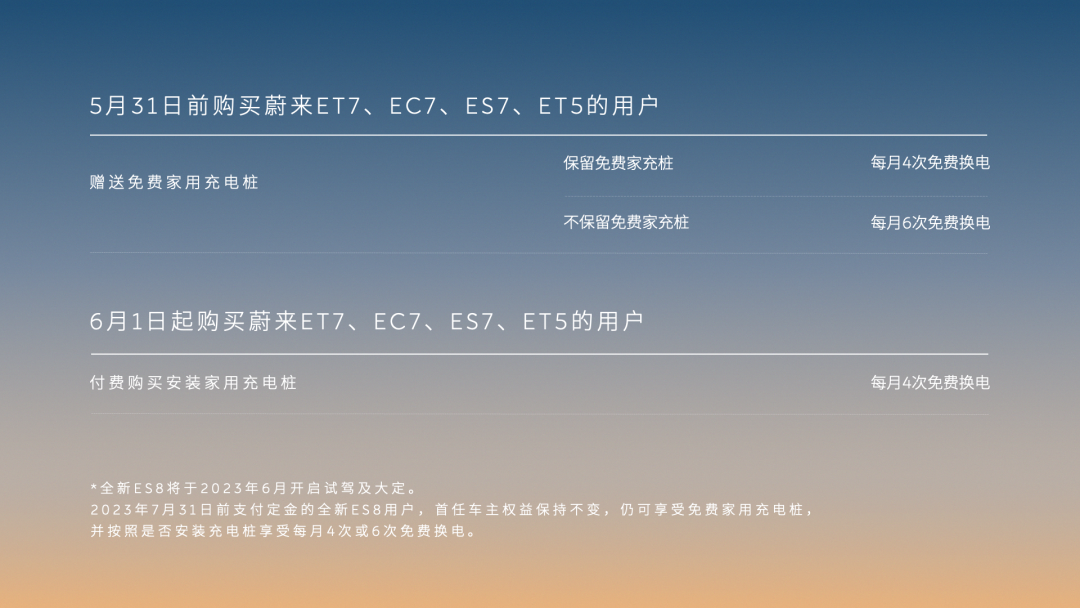
This adjustment has relatively little impact on users who do not install charging piles. For users who do not use the car much on a daily basis, 4 free battery swaps per month can basically meet their needs, as for the extra part, the average expenditure for each additional battery swap is about 100 yuan, and the monthly difference is 200 yuan. As for users who need to install charging piles, this expenditure has changed from free to 7500 yuan.
In early 2023, NIO set a goal to build 1000 new power stations this year, which is the sum of the past four years. Up to now, NIO has built 1331 battery swap stations, 14,496 charging piles, and 68,000+ third-party charging piles. When talking about the battery swap station plan for next year, Li Bin said: “(Building 1000 new battery swap stations next year) is conservative, at least 2,000 stations next year.“With the increase in the number of battery swap stations and the improvement of the charging network, people’s acceptance of the battery swap model has gradually increased, along with an enhanced experience. According to data provided by NIO, 56% of NIO users’ battery recharging comes from battery swaps, indicating that customers are gradually forming usage habits.
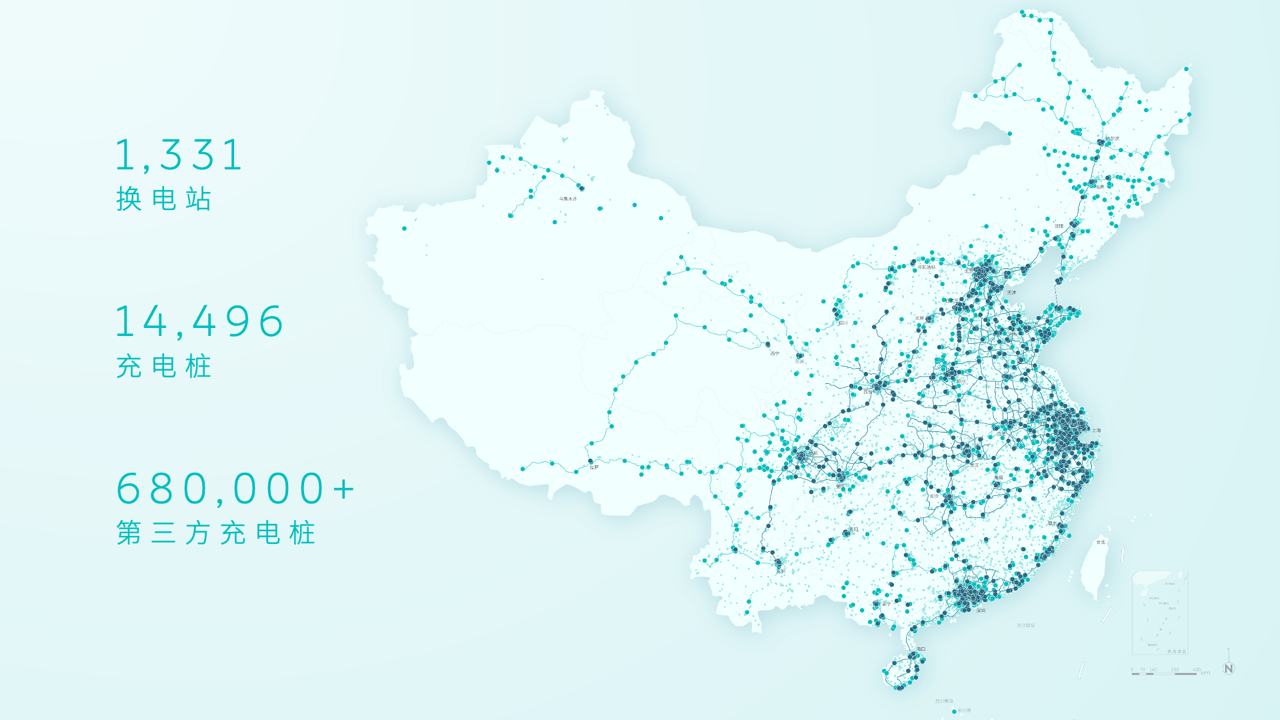
During the early promotion of the battery swap model, free benefits were used to cultivate user habits and compensate for the scarcity of the charging network. As the model matured, it became inevitable to gradually reduce free benefits and transition to a commercialized approach. However, in the context of recent price reductions in the automotive industry, this adjustment of benefits has become particularly noticeable.
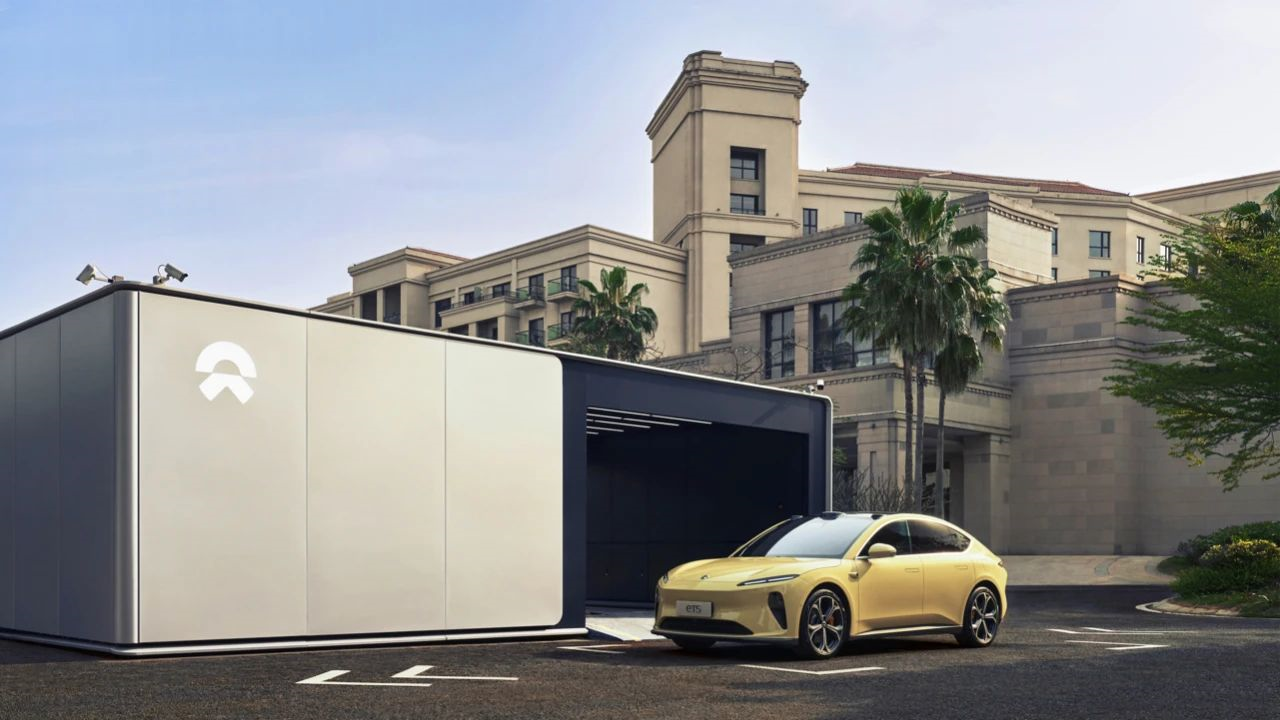
Qin Lihong: “Our adjustment of benefits is somewhat contrary to the trend of price reductions. We aren’t challenging the entire industry; we believe that some cars should be reduced in price. Why should they be sold at such high prices? We did not anticipate so many carmakers reducing their prices in February and March this year, but we are following our own pace.”
With decreasing prices and upgraded experiences, it remains to be seen whether potential NIO owners can accept the company’s rhythm.
In Conclusion
“Everyone can see our financial reports, and there is a huge challenge to our gross margin,” NIO’s Li Bin admitted candidly.
NIO has always been characterized as a “heavy-asset” company among emerging automakers, with investments in self-built battery swap stations, service, R&D, and even ongoing mobile brand investments, all of which make it urgently necessary for the company to enhance its profitability. The introduction of NOP+ subscriptions and adjustments to battery swap policies reflect NIO’s efforts to “generate blood” to ensure its long-term sustainability.
This article is a translation by ChatGPT of a Chinese report from 42HOW. If you have any questions about it, please email bd@42how.com.
